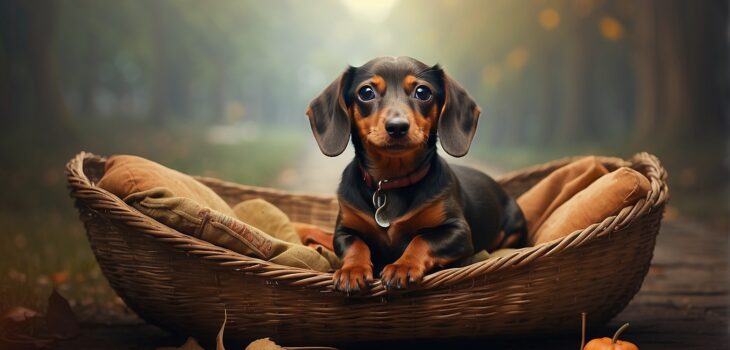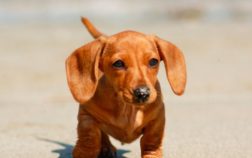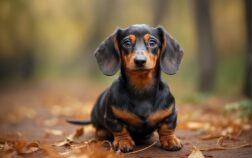Last Updated on April 5, 2024 by admin
Have you ever wondered where the adorable and distinctive Dachshund breed originated from? Well, in this article, we will uncover the fascinating history behind these long-bodied, short-legged dogs. From their roots in Germany to their journey to becoming one of the most beloved breeds in the world, we will explore how the Dachshund’s origins have shaped their unique characteristics and endearing personalities. So, whether you’re a proud Dachshund owner or simply curious about their history, join us on this delightful adventure into the origins of the Dachshund.
Early Origins
Ancient Origins
Dachshunds, also known as “sausage dogs” or “wiener dogs,” have a long and fascinating history that stretches back thousands of years. The origins of the Dachshund can be traced back to Ancient Egypt, where murals and pottery have been found depicting dogs with long bodies and short legs, resembling the modern-day Dachshund. These ancient dogs were thought to have been used for hunting small game, such as rabbits and badgers.
Bred for Specific Purposes
Throughout history, different civilizations bred dogs for specific purposes, and the Dachshund was no exception. In the Middle Ages, dogs with similar body types were used in Europe for hunting badgers, which were notorious for hiding in their underground burrows. The Dachshund was specifically bred to track and hunt badgers, utilizing its unique physical attributes, such as their elongated bodies and short legs, to flush these burrowing creatures out of their hiding places.
Development in Germany
Hunting Dogs
The development of the modern Dachshund as we know it today took place in Germany during the 17th century. The breed was refined to become a highly skilled hunting dog, capable of pursuing prey through dense vegetation and navigating difficult terrain, such as forests and thickets. Dachshunds were particularly adept at tracking down and flushing out burrow-dwelling animals, including badgers, foxes, and rabbits. Their keen sense of smell and small size made them valuable assets for hunters.
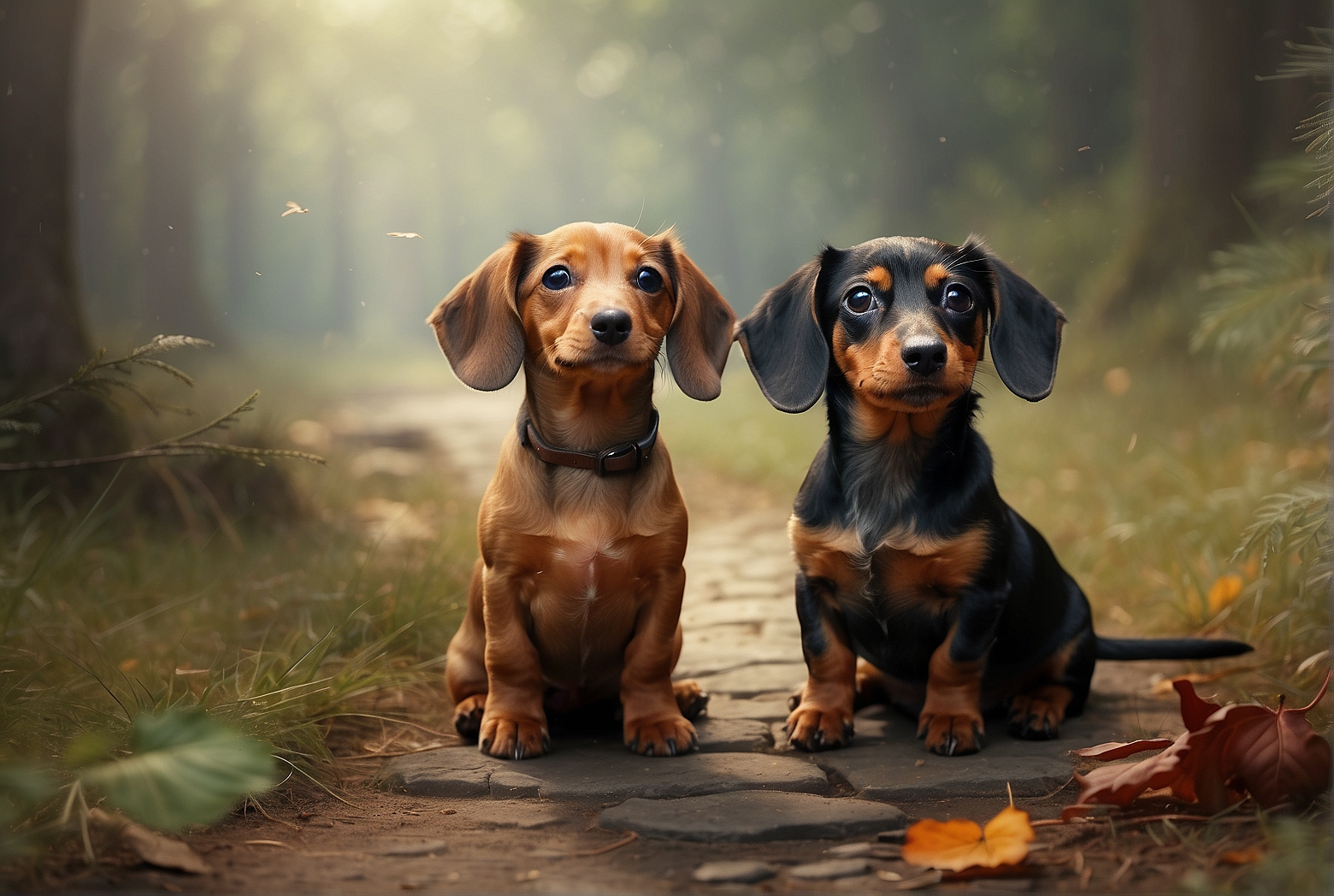
Cross-breeding
In the early 19th century, Dachshunds were crossed with various other dog breeds to enhance their hunting abilities. These crossbreedings aimed to improve the Dachshund’s speed, agility, and scenting skills. Some of the breeds used in the development process included the German Pinscher and the Dandie Dinmont Terrier. These crossbreedings helped refine the Dachshund into the versatile hunting dog it is today.
Distinctive Characteristics
Long Body and Short Legs
One of the most distinctive features of the Dachshund is its long body and short legs. This unique body shape was intentionally bred into the Dachshund to enable it to enter and navigate narrow tunnels and burrows. The elongated body allowed the dog to reach into deep, tight spaces, while the short legs provided the necessary maneuverability to chase and capture prey. This physical characteristic continues to play a significant role in the breed’s purpose and appearance.
Variety of Coat Types
Dachshunds come in a variety of coat types, including smooth, wirehaired, and longhaired. The smooth coat is short and shiny, while the wirehaired coat is dense and wiry. The longhaired coat, as the name suggests, is long and silky. Each coat type serves a specific purpose. The smooth coat provides protection against dirt and debris, allowing the dog to move swiftly through the underbrush. The wirehaired coat offers extra insulation and protection in harsher environments, while the longhaired coat provides added warmth and comfort.
Unique Temperament
In addition to their distinctive physical characteristics, Dachshunds also possess a unique temperament. They are known for their boldness, determination, and strong-willed nature. These traits stem from their hunting background, where they needed to be fearless in the face of challenging prey. Dachshunds are often described as lively, loyal, and affectionate companions. Despite their small size, they have big personalities and boundless energy.
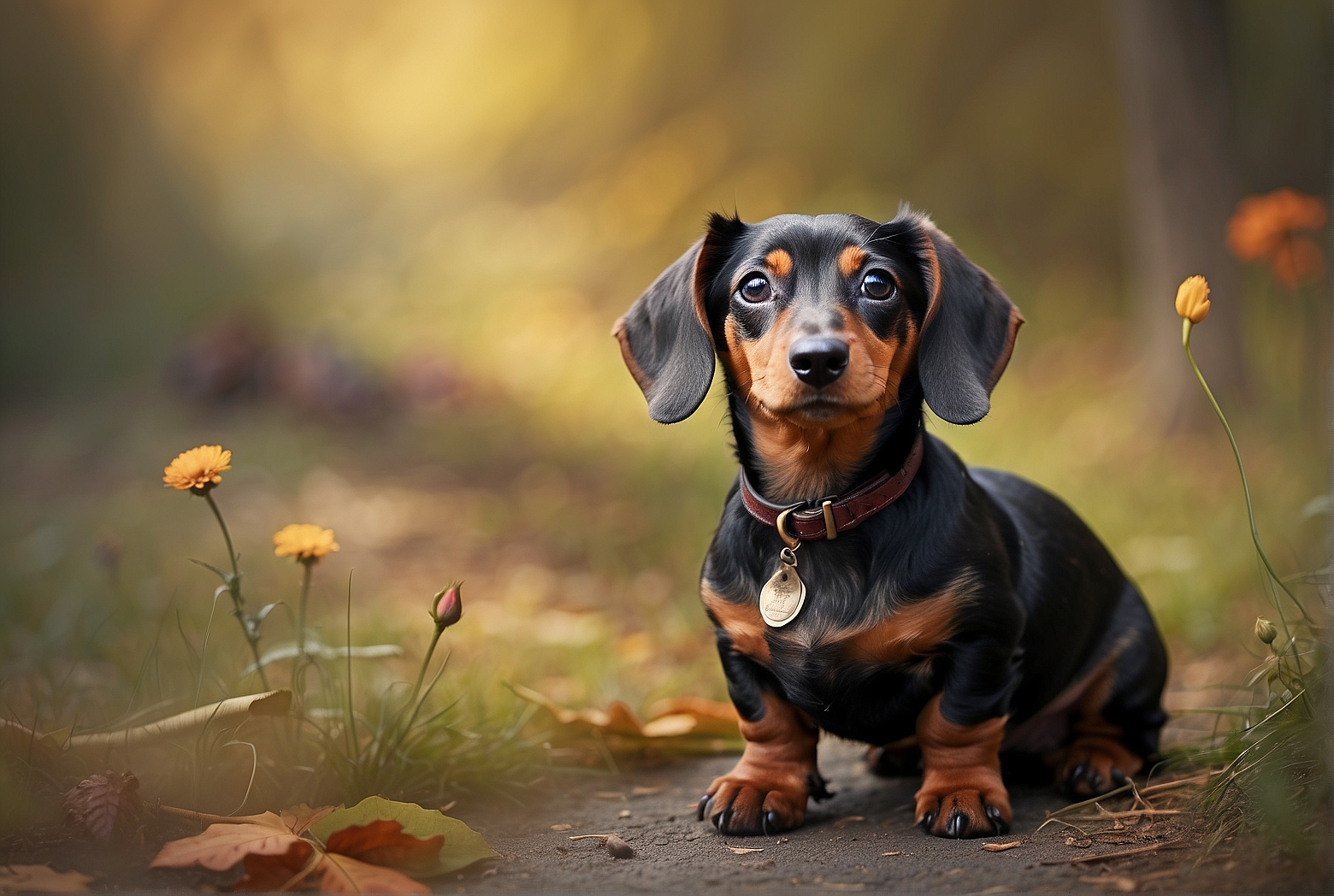
Popularity and Spread
Recognition as a Breed
The Dachshund’s popularity as a breed began to soar in the late 19th century. It was officially recognized by the American Kennel Club (AKC) in 1885 and the Kennel Club in the United Kingdom in 1873. These official recognitions played a significant role in solidifying the breed’s status and attracting a larger number of dedicated enthusiasts.
Expansion to Other Countries
As the Dachshund gained recognition and popularity, it quickly spread to other countries beyond Germany. The breed’s unique characteristics and versatility as a hunting dog caught the attention of dog lovers worldwide. Dachshunds began making their way into households in the United States, United Kingdom, France, and many other countries. Their charming appearance and friendly nature made them beloved pets and valued companions.
Name and Meaning
Origin of the Name ‘Dachshund’
The name “Dachshund” comes from the German words “Dachs” and “Hund,” which translate to “badger” and “dog” respectively. This name reflects the breed’s primary purpose and hunting background. The term “Dachshund” perfectly captures the breed’s history and serves as a testament to its original role as a skilled badger-hunting dog in Germany.
Role in History
Use in Hunting
Throughout history, Dachshunds played an essential role in hunting. Their distinctive physical characteristics and keen sense of smell made them indispensable for tracking and capturing small game. German hunters relied on Dachshunds to flush out badgers, foxes, and rabbits, assisting them in their pursuit of game. The breed’s commitment to the hunt and unwavering loyalty endeared them to hunters across Germany.
Symbol of German Culture
Dachshunds have become symbolic of German culture, representing the nation’s resilient spirit and determination. Their presence in German folklore, literature, and art reinforces the breed’s significance and its deep-rooted connection to the country. Today, Dachshunds are often seen as quintessentially German, embodying traits associated with the German people, such as perseverance, intelligence, and loyalty.
Modern-Day Dachshunds
Different Breeds within the Dachshund Family
While the Dachshund is typically associated with its characteristic long and low shape, there are actually three distinct breeds within the Dachshund family. These breeds are classified based on their coat type: smooth-haired, wirehaired, and long-haired Dachshunds. Each type has its own distinct appearance and temperament, but all share the same courageous and playful nature that defines the Dachshund breed.
Enduring Popularity
Despite their historical background as hunting dogs, Dachshunds have transitioned seamlessly into modern-day life as beloved family pets. Their friendly and affectionate nature, combined with their distinctive appearance, has contributed to their enduring popularity. Dachshunds continue to be cherished companions, providing unwavering loyalty, endless entertainment, and incomparable love to their human families.
Health Issues
Prone to Back Problems
One of the health concerns commonly associated with Dachshunds is their susceptibility to back problems. The elongated body and short legs that make them unique also make them more prone to intervertebral disc disease and spinal issues. It is crucial for Dachshund owners to take extra care in protecting their dogs’ backs, ensuring they maintain a healthy weight and avoid activities that may strain their spines.
Other Common Health Concerns
In addition to back problems, Dachshunds may also be prone to other health issues. These can include hip dysplasia, obesity, dental problems, and eye conditions, such as progressive retinal atrophy. Regular veterinary check-ups, a balanced diet, and plenty of exercise can help minimize the risk of these health issues and ensure the long-term well-being of Dachshunds.
Dachshunds in Popular Culture
Literature and Art
Dachshunds have made appearances in various forms of popular culture throughout history. They have been featured in literature, including books by famous authors like Mark Twain and Roald Dahl. Their unique appearance and spirited personalities have also been depicted in paintings and sculptures by renowned artists. Dachshunds have left an indelible mark on the creative world, capturing the hearts and imaginations of artists and writers alike.
Film and Television
Dachshunds have also made their mark in the world of film and television. With their charming looks and distinct personality, they have become popular choices for characters in movies and TV shows. From animated films to live-action comedies, Dachshunds have entertained audiences with their playful antics and endearing presence on the screen.
Conclusion
Enduring Legacy
The Dachshund’s long and fascinating history is a testament to its enduring legacy. From its ancient origins as a hunting dog to its modern-day stature as a beloved family companion, the Dachshund has stood the test of time. Its distinctive physical characteristics, unique temperament, and strong connection to German culture have made it a breed cherished by dog lovers worldwide.
Beloved Companion
Whether you’re a hunter, an art lover, or simply someone in search of a loyal and affectionate companion, the Dachshund is a breed that offers it all. With their long bodies, short legs, and boundless spirit, Dachshunds continue to bring joy, laughter, and unwavering love into the lives of those fortunate enough to call them their own. Embrace the heritage and charm of the Dachshund, and you will undoubtedly find a devoted friend for life.

